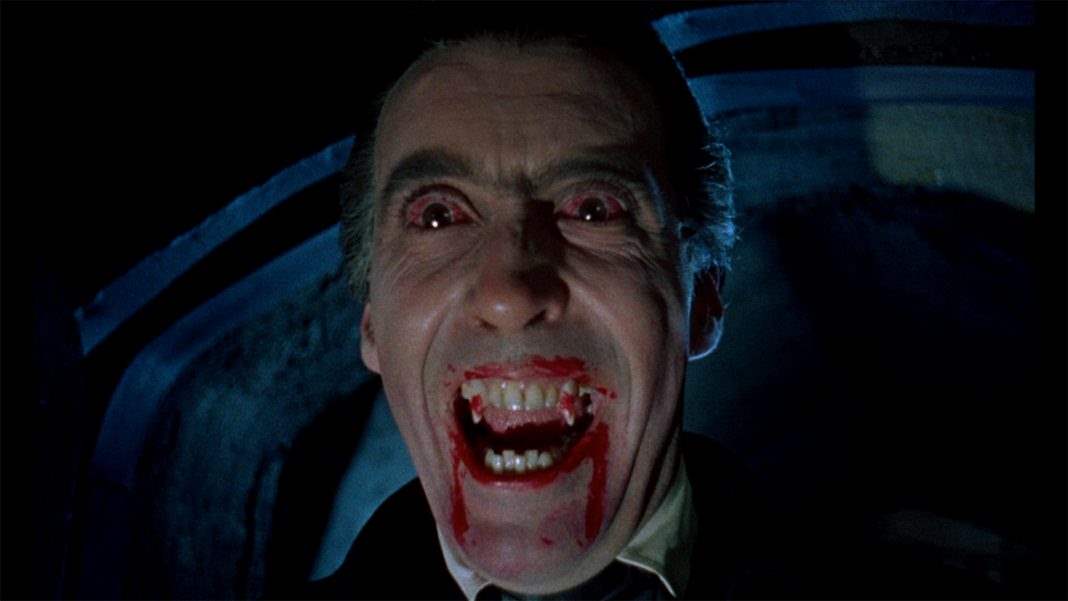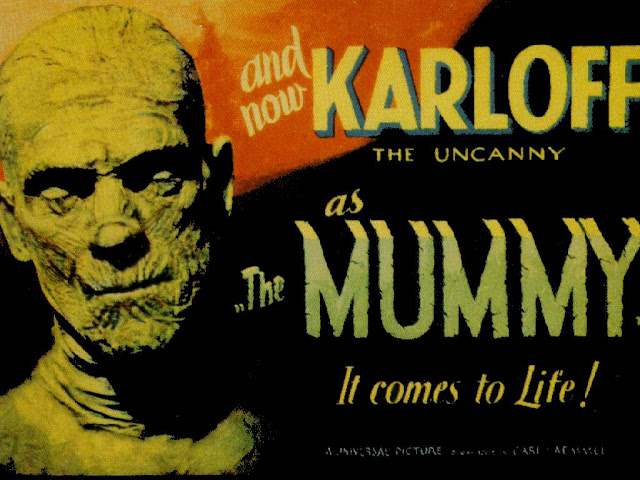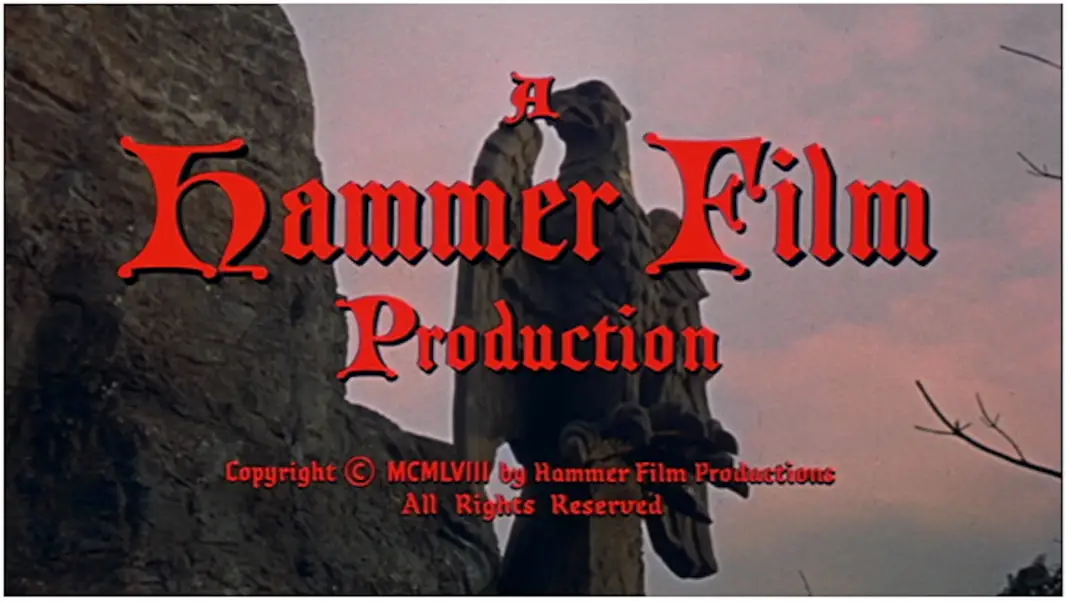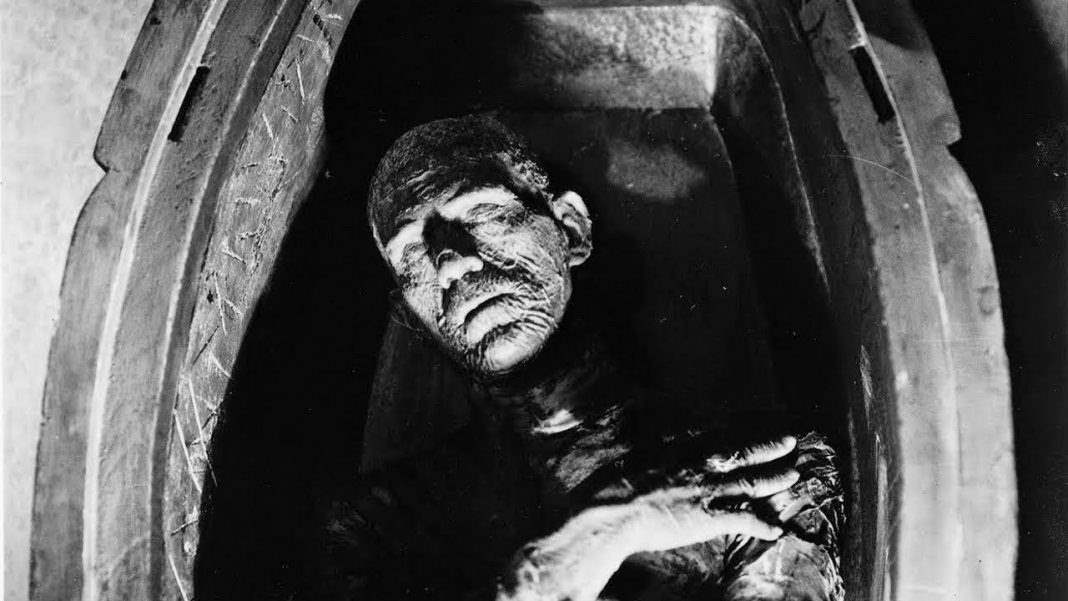Welcome to Script to Pieces, a recurring feature at Wicked Horror where we look at the best, most interesting and at times most unbelievable horror movies that never happened. Sometimes these will be productions that never came together at all, other times, they will be original incarnations that were completely different from what we wound up with. Each should be fascinating in its own way, because the stories of movies that never see the light of day can sometimes be even more interesting than the stories of those that do. In this installment, we’ll be taking a look at Hammer Films’ unmade adaptation of Vampirella.
Vampirella is one of the most successful and well known independent horror comics of all time, with a history dating back as early as 1969, first appearing in a self-titled black-and-white comic magazine from Warren Publishing. The company was best known for the anthologies Creepy and Eerie, and when it was introduced, Vampirella was a very similar comic, with the character hosting various horror stories. Some legends of the industry had a hand in her creation as well, with the cover for the first issue painted by Frank Frazetta and horror icon Forrest J. Ackerman having a strong hand in her creation.
The main difference between Vampirella and horror hosts of the other two magazines like Uncle Creepy and Cousin Eerie was that Vampirella would also star in her own stories, which would headline every issue. Over time, these stories became more prominent until Vampirella evolved into a much more traditional action/sci-fi/horror comic. Well, traditional in the format at least. For a vampire, Vampirella has a pretty non-traditional origin as she is actually an alien from the planet Drakulon. In a weird way, her origin is a mix of Superman and Wonder Woman’s, with an obvious vampiric twist. She’s from a dying planet of vampires where blood flows in rivers, but which is coming to an end, then a pilot from Earth crashes onto the planet and flies the ship back to Earth in hopes to find a way to prolong her race.
The pop culture impact of Vampirella was immediate. The books were a hit and people took notice of the character right away. By the mid-seventies, only a few years after her debut, the comic book even made a notable appearance in Stephen King’s Salem’s Lot, when Father Callahan sees and pauses on the magazine while looking through Matt Burke’s stack of vampire research.
Also See: Script to Pieces: The Big Screen Buffy Reboot

A movie, then, felt like an obvious choice. It just seemed inevitable, even for an indie character like this. But this was not a time when comic book adaptations were happening regularly. In fact, the ‘70s were about as removed from today’s current comic book movie climate as you can get. Back then, comics were relegated to the small screen, and even the biggest titles in the world could only hope to get a TV series, but usually had to settle for a pilot TV movie that went nowhere. Incredible Hulk was the most successful, followed by Spider-Man, which ran for three seasons, then Captain America which did not get a series but at least got a sequel, and Doctor Strange, which went nowhere.
Yet in 1977, even before the release of Superman: The Movie, a trade ad announced that Vampirella was “Soon to be a major motion picture with an all-star cast.” Of course, absolutely no actors were listed. But there are some notable credits to be gleamed from the ad. It’s announced as a Jack Chartoff and Henry White Production, the producers behind Worldwide Entertainment, with Gordon Hessler announced as director. A prominent TV director, Hessler was no stranger to the genre, having directed 1971’s Murders in the Rue Morgue, as well as the likes of Cry of the Banshee and Scream and Scream Again.
Even more enticing than that is the company attached to the film, as Vampirella was originally meant to be a Hammer Films production. This shouldn’t be too much of a surprise, as Hammer had started attempting to modernize its style and even its franchises for the 1970s. It’s easy to see Vampirella being produced a few years after Dracula AD 1972 by the same company, though that unfortunately didn’t happen. Hammer’s attempt to make Vampirella as a feature started long before that trade ad went to print, however.
Hammer largely came to acquire the rights to the comic book in 1975 because they were frankly hurting as a company and needed a success, particularly one that was pre-sold to an American audience. Hammer was so out of touch and at a loss that they literally took out an ad in Famous Monsters of Filmland asking, “What should we do now?” They asked fans to write in what they would most like to see the studio tackle next and Vampirella won with an overwhelming majority of the votes. So, with little no other ideas of how to move forward, Hammer began trying to piece Vampirella together as a feature film.
Also See: Script to Pieces: The Lost Girls

The role of Vampirella was first offered to Caroline Munro, who had ironically starred in Dracula AD 1972 but would nonetheless have been perfect for it. Unfortunately, Munro turned it down due to problems with the script, citing that it was “all nudity and not much else,” which she noted was a shame because it was a character she would have legitimately loved to play. Valerie Leon was also offered the role and turned it down.
Jimmy Sangster, writer of Horror of Dracula, Curse of Frankenstein and so, so many of Hammer’s biggest hits, penned the initial treatment for the film. Michael Carreras, John Starr, Lew Davidson and Christopher Wicking all contributing to various rewrites. Colin Chilvers, who handled effects for The Rocky Horror Picture Show and would go on to work on the Superman films was tasked with creating the special effects. Initially, John Hough, who had helmed hits like Twins of Evil, The Legend of Hell House and The Watcher in the Woods, was signed to direct.
After so many actresses turned it down, the role of Vampirella went to model Barbara Leigh, who was best known for appearing in Junior Bonner with Steve McQueen, as well as for dating Elvis Presley. Hammer had big plans for the character, which is reasonable as they treated the property as the studio’s saving grace, and signed Leigh to a six picture deal.
Meanwhile, another huge Hammer icon, Peter Cushing, was cast as Pendragon. Cushing, who had always been relatively blunt about the haminess of his work with Hammer, was by all accounts truly excited for the role. He noted at the time that the part “contains a great deal of humor and a great deal of pathos,” and said that he felt it could “lead me into all sorts of new things.”
With the script centered on the Bermuda Triangle, Hammer planned to shoot on location in Bermuda, hoping it would be the first of a planned franchise of eerie globetrotting adventures for the heroine. At a meeting with American International Pictures, Barbara Leigh showed up in full costume to further sell the concept to American investors. While they were by all accounts impressed, they demanded that—due to all of the overwhelmingly British talent on board—the movie have a major American star in one of the lead roles, with AIP citing Paul Newman specifically. That was almost completely impossible to pull off, so just like that Vampirella began to crumble.
Barbara Leigh continued to do costumed events to try and promote the movie and get it back off the ground. As a model turned actress, she had signed onto a six picture deal for this character which would obviously have been massive for her career. It was at this point that Hessler was courted to direct the film, with Hammer even suggesting that the movie could be co-produced with Warren Publishing, who owned the character. James Warren had even noted at the time that, in addition to being unsuccessful at getting the movie off the ground, Hammer couldn’t come up with the money they needed to pay Warren to even have the rights to make it in the first place. With that in mind, their offer to make it a co-production is completely unsurprising.

Again, after a second time, Vampirella failed to materialize. Barbara Leigh, who had championed the movie and promoted it again and again in costume, apparently even went on to cite Hammer’s inability to make Vampirella as the thing that killed her career.
Given that this was a last gasp to begin with, it’s unsurprising that Hammer Films ceased development on new movies not long after Vampirella failed to materialize. That does not, however, mean that a movie never happened though.
Far from the big screen hit it had been dreamed of becoming, Vampirella received her first and only feature film in 1995 with a straight to video release directed by the ever-reliable Jim Wynorski. Talisa Soto, best known for portraying Princess Kitana in the Mortal Kombat films, took on the title role and the script was written by Pumpkinhead co-writer Gary Gerani.
Ultimately, Hammer’s Vampirella seemed both too early and too late. The company could not have possibly made it what it could have been when they were already slowing down on their film production in general. Had it come earlier in Hammer’s success, it might have worked. But if it had come any earlier, it simply wouldn’t have been the kind of movie Hammer would ever have made. This was something they sought out of desperation, hoping that it was a pre-sold success that would save the company. Obviously, unfortunately, that didn’t happen.
At the same time, this whole project was conceived before comic book movies were really even a thing. Almost the entire development of Vampirella predates Superman: The Movie, which is incredible to me. Ultimately, we’re left with one straight-to-video production that even most people who know of the character don’t actually know exists.
That’s honestly a shame, too. Because Vampirella, as pulpy as she is, is a great character. With today’s comic book climate and so many great writers re-evaluating Vampirella, her confidence, her relationships, her sex positivity and her agency, now could genuinely be the time to put a great adaptation together, as a film or streaming series, you name it.
In the meantime, unfortunately, we’re left as we always are, with stories of what could have happened.






